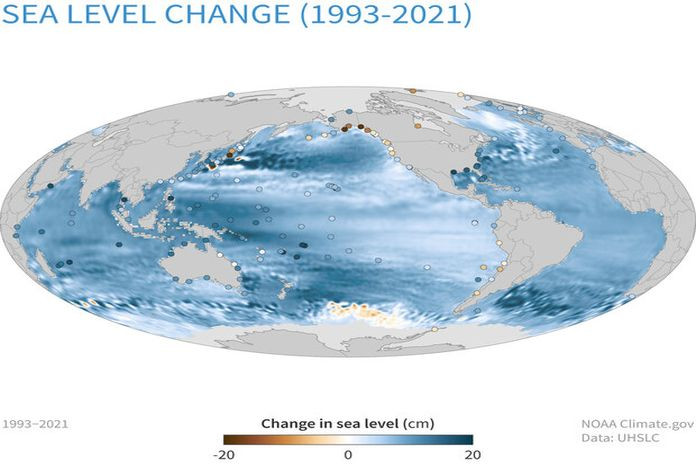Dear Sir
The melting of our glaciers and the Arctic and Antarctic ice shelves due to global warming will continue to cause rising sea levels around the world.
If the melting continues at the current rate, by 2050 about 150 million people in the world living near coastlines could be displaced due to flooding. Sea levels could rise by up to eight feet by 2100.
Various coastal cities in the world could be impacted, including the US cities of Boston; Miami; Atlantic City; Key West; Galveston; Seattle; St. Petersburg; Tybee Island, GA; Charleston; New Orleans; Los Angeles; San Diego; Fort Lauderdale; Hoboken; Honolulu and New York.
These cities will not be completely underwater, but they could experience significant and consistent flooding in some parts of the cities, which could make those areas uninhabitable. Currently, the village of Kivalina Alaska is threatened by rising waters, and it is projected to disappear within ten years.
We have to reduce the Carbon emissions going into our atmosphere by utilizing more renewable energy sources, including wind and solar power; evaluating small-scale nuclear power systems in series; driving electric vehicles; and conserving our Carbon absorbing natural resources, especially trees.
Other mitigation strategies are using mass transit instead of cars, better insulating homes and buildings, replacing old appliances, and supporting local businesses that promote these strategies.
Donald Moskowitz
Londonderry NH





